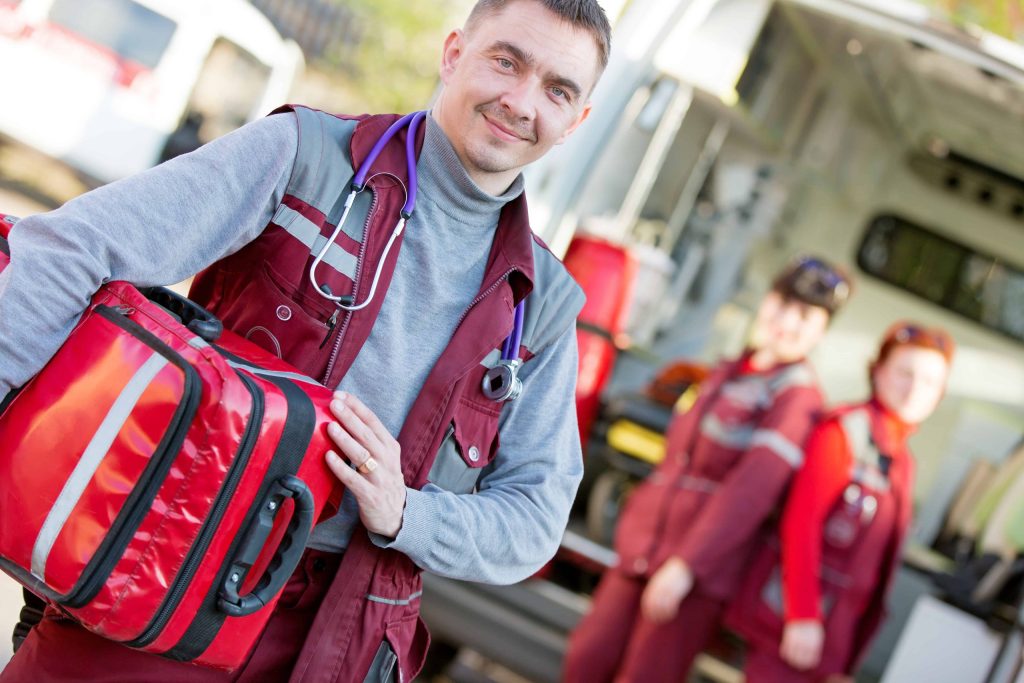Whether it’s dealing with natural disasters such as earthquakes, flooding or wildfires, Starlink’s reliable, high-speed and low-latency internet has proven to be of great use to emergency responders around the world.
When a disaster hits, it’s necessary to act quickly and provide help where it is needed most. Information about a disaster area is crucial to understand the situation, coordinating the work inside the área, and quickly establishing communication between emergency responders and those who are affected. Unfortunately, natural disasters such as earthquakes, flooding, or wildfires often destroy communication networks, isolating those in the disaster zones. The situation is worse for those in geographically remote areas, whose only connection with the outside world is through such means of communication instead of personal, physical everyday contact.
Continue reading or watch our summary video below:
Why setting up a communication network in a disaster-stricken area is difficult
For years, there was no easy solution for planning and providing emergency services in disaster-stricken areas without means of communication. While emergency services have their own communication services to plan and coordinate their work, communicating with those affected is a different story. Without information on the ground, it’s not clear where people in need are located, how severe their situation is, and therefore where help needs to be prioritized. In case of a natural disaster, it may also be necessary to set up a communication network to reach people inside the area, which may take a lot of time and result in unreliable communication at best.
Such communication challenges can be overcome with a reliable, robust internet connection, especially in remote areas where there’s no existing coverage. Starlink’s growing constellation of low-Earth satellites enables global internet coverage, which opens up unique use cases for different verticals, including emergency response. Starlink’s low-Earth satellites enable high speed and low latency connectivity (20 to 40ms), demonstrating just a 0.05-second delay on average, ensuring a more stable connection with less interference, as communications have a shorter distance to travel.
Combining minimum setup time and global coverage
Using Starlink for emergency services has two important benefits. The first is a minimum effort to set up the system, as the Starlink dishes have actuators that automaticallypoint in the right direction. With a limited setup time of roughly 10-15 minutes, a connection from the ground station with a satellite is made easy and fast, so that emergency services can be provided without loss of precious time. The second benefit is reliable, global coverage, which means in the case of remote, affected areas Starlink is the only way to establish communication between those affected and emergency response services.
Starlink’s reliable, high-speed and low-latency internet services have proven to be crucial in multiple disaster scenarios around the world:
Humanitarian aid
In Ukraine, Starlink internet has been used to keep cities connected and emergency services, saving lives as a result of the Russian invasion.
Emergency response in flooded areas
As a result of a flooding disaster in New South Wales (Australia), people in highly remote areas were left without access to phones or the internet. Starlink satellite technology was brought to homes cut off in the devastation, so that a disaster recovery unit knew which supplies were needed and where.
Wildfire and rescue services
Starlink provided internet access to Washington state emergency responders in areas ravaged by wildfires. The broadband service has helped both emergency responders and families in wildfire-stricken areas: evacuated families used it for wireless calling and internet access to file insurance claims, while it enabled children to do some of their initial schooling.
Tornado response efforts
Because natural disasters can create conditions that make reliable communication options difficult to maintain, the state of Kentucky operated the Starlink terminals in areas that had been hit by tornados for two months.
Other use cases
Starlink can be deployed as a primary or backup connection in common natural disaster zones, and the Flat High-Performance Antenna can be mounted to welfare vehicles and maritime vessels, for always-on connectivity anywhere in the world. This makes Starlink the perfect solution for all emergency services (including police, paramedics, and fire services), maritime patrols, and mountain rescue.
Contact The Clarus Networks Group today and find out how Starlink internet can help emergency responders where other means of communication fail.


